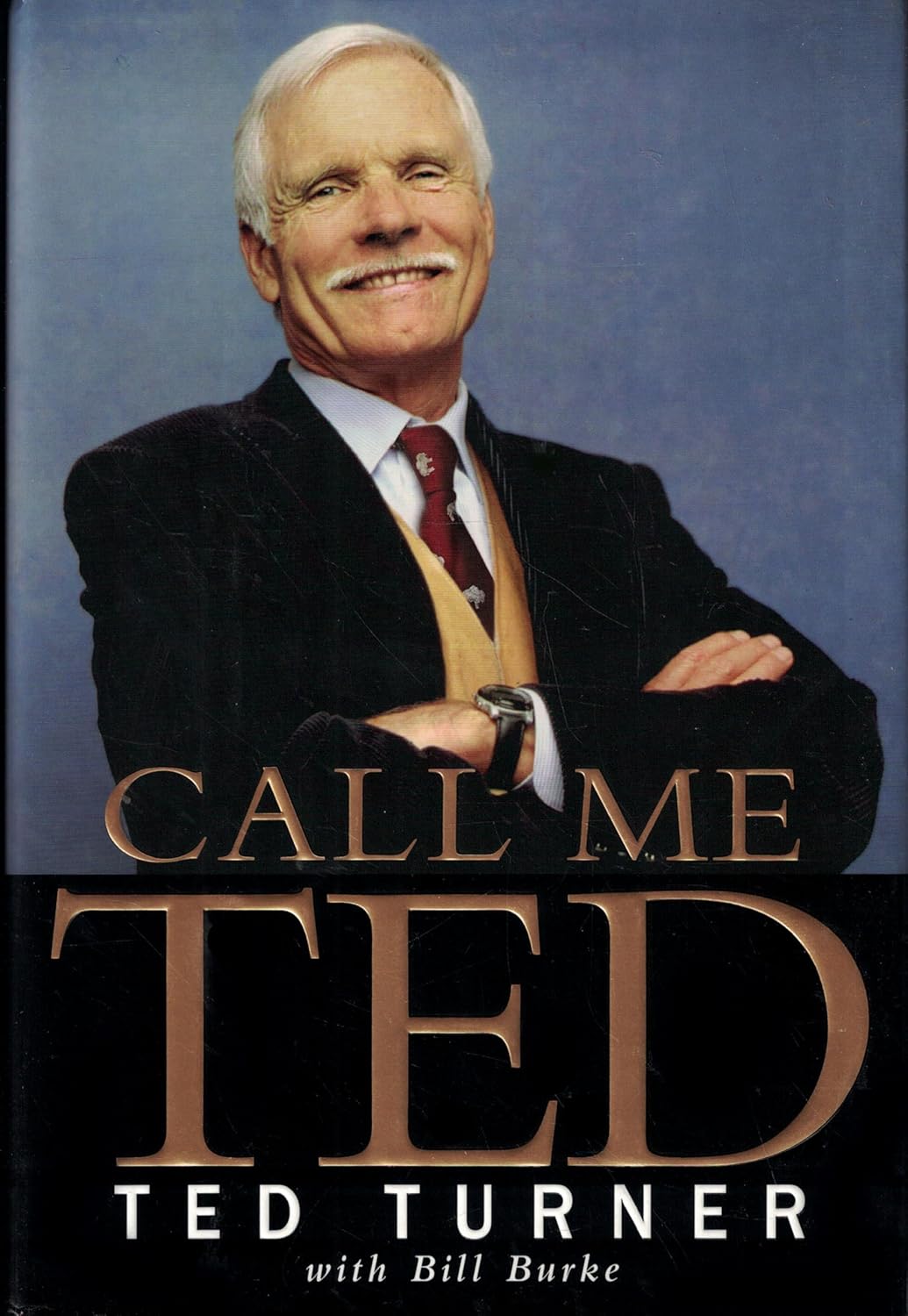Ted Turner Part 2: From Billboards to Cable TV
After his father’s suicide, Robert Edward “Ted” Turner III was CEO of Turner Advertising Company, which he had saved. According to his autobiography, his work life was improving, but his personal life was hectic. His son Teddy was born in March 1963, three months after his father’s death. And by the end of that year, he was getting divorced and Judy had moved with the children to Chicago to be near family. Turner was 25 years old and a divorced father of two. In 1964, he met Jane Smith and married her in less than a year. Shortly thereafter, his son Rhett was born.
Ted wanted to expand. He acquired a Chattanooga, Tennessee, billboard company for $1 million and a Knoxville, Tennessee, billboard company at an estate auction for $53,000. Shortly after these deals, the outdoor advertising business began looking less attractive to Turner because of proposed legislation and advertisers’ exploration of television. Television’s future looked bright, and Turner decided to model his company after Combined Communication, which Karl Eller expanded from a billboard company to include radio and television. Ted bought radio stations in Florida and South Carolina, but he decided he didn’t like the radio business.
By the late 1960s, Turner set his sights on Channel 17, eventually known as WTCG, a financially struggling UHF television station in Atlanta. The owner wanted $2.5 million. Turner didn’t have cash, so he merged with the station. He retained 47% ownership and changed the company name to Turner Communications Group. Turner also bought a bankrupt Charlotte, North Carolina, station, WRET, for less than $1 million; he did this investment personally. The stations were a financial drain. Low on cash, unable to pay suppliers, and at risk of going off the air, Turner did an on-air telethon to raise money. He raised $25,000 and generated goodwill in the community.
Ted recognized that programming should be his focus because it attracted viewers, which led to more revenue from advertisers. His strategy was to find areas where competitors weren’t meeting viewers’ needs and fill those gaps. He paid $600,000 to air sixty Atlanta Braves baseball games a year and went on to cut deals to air Atlanta Hawks basketball games and Atlanta Flames hockey games. His strategy worked: WTGC went from $900,000 in losses in 1970 to $1 million in profit in 1973.
The Braves ownership, losing $1 million a year, offered Turner the chance to purchase the team for $10 million, which he did in 1976. This gave him control of long-term TV rights and guaranteed unique programming.
Turner was still focused on growing his TV stations. This required growing viewers, but there weren’t unlimited viewers in Atlanta. He needed to gain viewers in other markets. He kept hearing about “community antenna television,” so he investigated it. This new technology, better known as cable TV, allowed him to access views in other markets. He learned through trial and error that satellites were the key and built the first satellite uplink station in Atlanta. He changed his company name to Turner Broadcasting System Inc. (TBS) and changed the Atlanta TV station name to SuperStation. The first satellite transmission occurred in December 1976.
With TBS distributed by satellite throughout the southeast, Turner recognized he was sitting on a gold mine. Cable was growing rapidly. As cable operators expanded their coverage areas, they added subscribers. As they added more subscribers, the per-subscriber fees they paid increased, which meant more revenue—but few or no incremental costs—for TBS. Programming (i.e., unique content) was the key to capitalizing on this gold mine and growing revenues and profits rapidly.
Tuner saw news as great content, but it was delivered at times that weren’t convenient for everyone. Turner decided to start a twenty-four-hour-a-day news channel to fill this gap and named it Cable News Network, or CNN. He decided to launch on June 1, 1980. This decision would change his trajectory forever.
Prefer listening? Catch audio versions of these blog posts, with more context added, on Apple Podcasts here or Spotify here!




